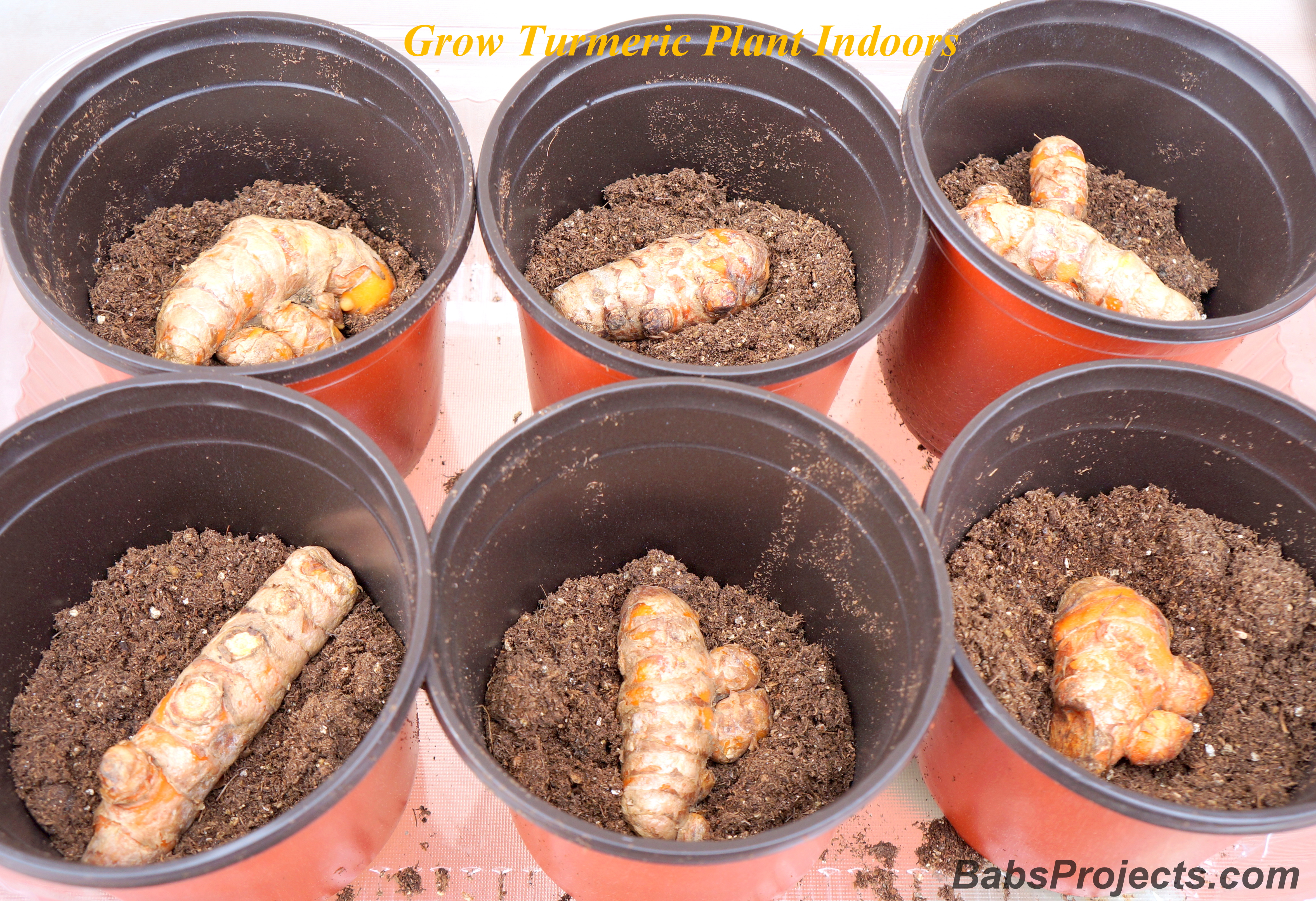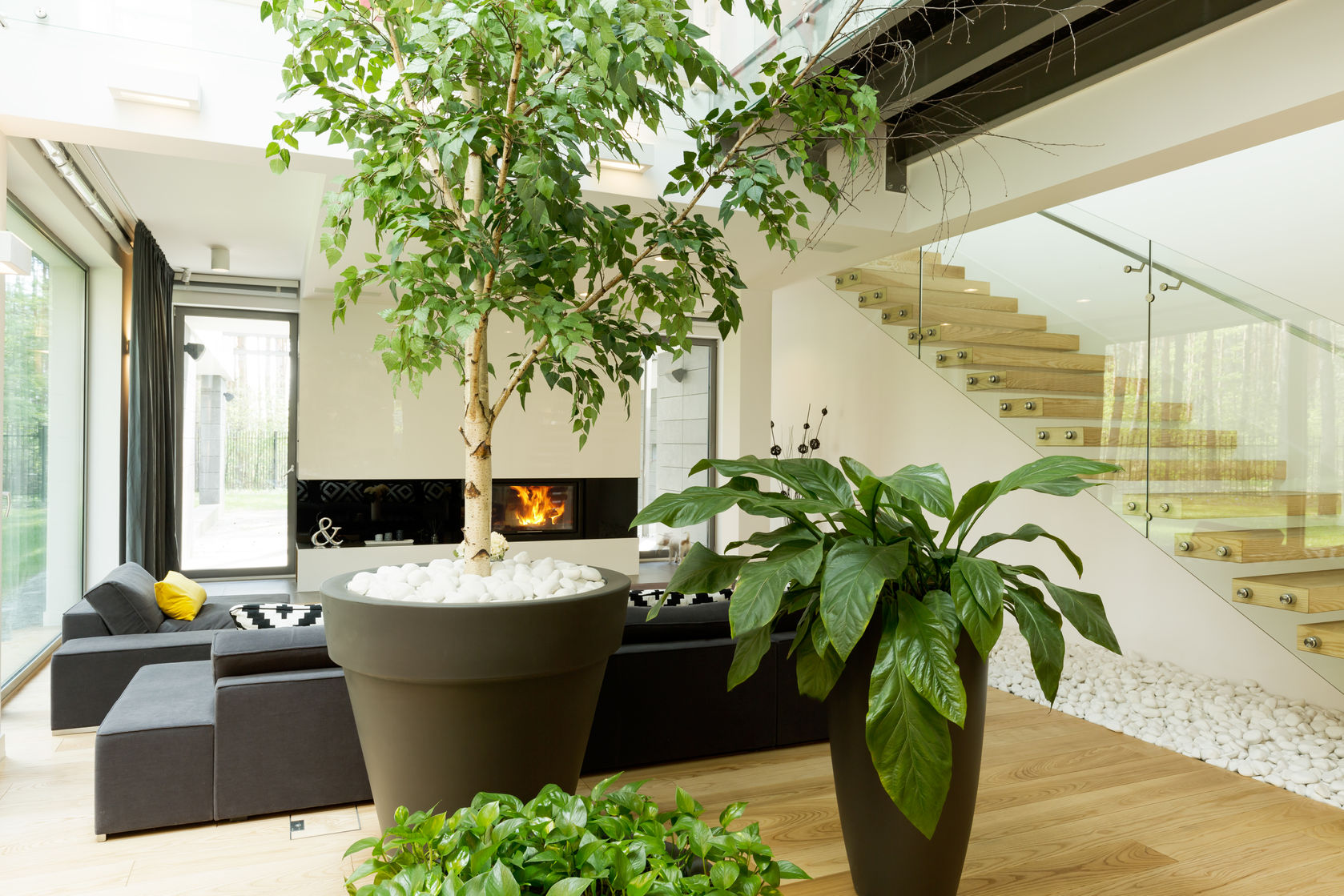How to Grow Turmeric Indoors: Step-by-Step Guide

Introduction
Imagine bringing a touch of the tropics into your home with a vibrant, edible plant that not only adds a splash of color but also offers a myriad of health benefits. Welcome to the world of indoor gardening with turmeric! This golden spice, known for its anti-inflammatory properties, is surprisingly easy to grow indoors. Whether you're a seasoned green thumb or a novice gardener, this step-by-step guide will walk you through the process of how to grow turmeric indoors, ensuring you have a thriving plant in no time.
Understanding Turmeric Propagation
Before diving into the specifics of growing turmeric indoors, it's essential to understand the basics of turmeric propagation. Turmeric is propagated from rhizomes, which are underground stems that store nutrients. These rhizomes are the key to successful turmeric propagation. Think of them as the plant's lifeline, providing the energy needed for growth.
Preparing for Indoor Gardening
Choosing the Right Rhizomes
The first step in growing turmeric indoors is selecting the right rhizomes. Look for fresh, plump rhizomes with several buds or "eyes." These buds are the points from which new growth will emerge. You can find turmeric rhizomes at local nurseries or online retailers specializing in exotic plants.
Essential Tools and Materials
To get started, you'll need a few basic tools and materials:
- A large pot with good drainage
- High-quality potting soil
- Turmeric rhizomes
- Watering can or spray bottle
- A sunny spot in your home
Setting Up the Growing Conditions
Selecting the Right Pot
Choosing the right pot is crucial for the health of your turmeric plant. Opt for a pot that is at least 12 inches deep and wide to accommodate the plant's root system. Ensure the pot has adequate drainage holes to prevent waterlogging, which can lead to root rot.
Soil Requirements
Turmeric thrives in well-draining, nutrient-rich soil. A mix of potting soil and compost is ideal. You can also add perlite or vermiculite to improve drainage. The soil should be slightly acidic, with a pH between 6.0 and 7.5.
Light and Temperature
Turmeric plants love bright, indirect light. Place your pot in a location that receives plenty of sunlight but is protected from direct rays, which can scorch the leaves. The ideal temperature for turmeric growth is between 68°F and 86°F (20°C and 30°C).
Planting Your Turmeric Rhizomes
Preparing the Rhizomes
Before planting, soak the rhizomes in water for a few hours to encourage sprouting. This step helps to soften the rhizomes and stimulate growth.
Planting Technique
Fill your pot with the prepared soil mix, leaving enough space for the rhizomes. Plant the rhizomes about 2 inches deep, with the buds facing upwards. Cover them lightly with soil and water gently.
Caring for Your Turmeric Plant
Watering
Turmeric plants require consistent moisture but should not be waterlogged. Water your plant when the top inch of soil feels dry. Use a watering can or spray bottle to ensure even distribution.
Fertilizing
To promote healthy growth, fertilize your turmeric plant every 4-6 weeks with a balanced, water-soluble fertilizer. This will provide the necessary nutrients for robust growth and vibrant foliage.
Pruning and Maintenance
Turmeric plants can grow quite tall, reaching heights of up to 3 feet. Prune any yellowing or dead leaves to encourage new growth and maintain the plant's overall health.
Harvesting Your Turmeric
When to Harvest
Turmeric is typically ready to harvest after 8-10 months of growth. You'll know it's time when the leaves begin to turn yellow and the plant starts to die back.
Harvesting Technique
Carefully dig up the rhizomes, taking care not to damage them. Rinse them thoroughly to remove any soil and store them in a cool, dry place. You can use fresh turmeric immediately or dry it for later use.
Conclusion
Growing turmeric indoors is a rewarding experience that combines the joy of gardening with the benefits of a versatile, healthful spice. By following this step-by-step guide, you'll be well on your way to cultivating your own turmeric plant. From selecting the right rhizomes to creating the perfect growing conditions, each step brings you closer to a thriving indoor garden. So, why not give it a try? Your home will be brighter, and your meals will be tastier with fresh, homegrown turmeric.
FAQs
How long does it take to grow turmeric indoors?
- It typically takes 8-10 months for turmeric to mature and be ready for harvest.
Can I grow turmeric from store-bought rhizomes?
- Yes, you can grow turmeric from store-bought rhizomes, but ensure they are fresh and have visible buds.
What are the ideal growing conditions for turmeric?
- Turmeric thrives in bright, indirect light and temperatures between 68°F and 86°F (20°C and 30°C). It prefers well-draining, slightly acidic soil.
How often should I water my turmeric plant?
- Water your turmeric plant when the top inch of soil feels dry. Consistent moisture is key, but avoid waterlogging.
Can I use fresh turmeric immediately after harvesting?
- Yes, you can use fresh turmeric immediately after harvesting. Simply rinse the rhizomes to remove any soil and enjoy your homegrown spice.


0 Response to "How to Grow Turmeric Indoors: Step-by-Step Guide"
Post a Comment